
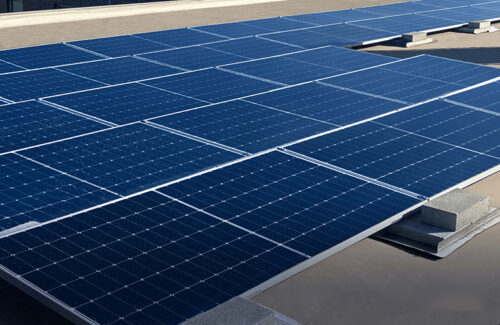
Greenskies Clean Focus is a national provider of renewable energy solutions, having completed a 1.62 MW solar project portfolio for Hackensack Public Schools (HPS) in New Jersey. This combination consists of eight solar energy systems installed in seven locations, including all four primary schools, one junior high school, one high school, and the Education Commission administrative building. Although most systems are installed on the roof, the roof and carport solar panels of Hakensak High School are combined together. These systems consist of over 3600 solar panels in total. This project demonstrates how the school district can utilize solar energy to achieve financial and environmental goals, "said Bryant Bernhardt, Senior Vice President of Business Development at Greenskies. We are honored to support Hakensak Public School in creating a more sustainable future for its students, faculty, and community The installed solar cell arrays and their respective positions are as follows: Hakensak High School - Total 1 MW Hakensak High School -303 kW Nelly K. Park Elementary School -113 kW Jackson Avenue School (Elementary) -70 kW Fanny Mayer Hilles School (Primary) -41 kW Fairmont School (Elementary) -24 kW Padawano Center (BOE Administrative Building) -65 kW Greenskies is the solar developer for these projects EPC、 The financing party and owner will be responsible for the long-term operation and maintenance of the project. The funding for these facilities comes from a 15 year solar power purchase agreement, which allows HPS to enjoy the benefits of clean energy without upfront investment. By transitioning to renewable energy, we are reducing our impact on the environment and achieving long-term cost savings that can be directly applied to our classroom teaching, "said Assistant Director Andrea Parchment. We also provide students with practical cases of innovation and sustainable development. Every day when they walk into the school, they can witness firsthand how wise energy choices can help education and fulfill environmental responsibilities
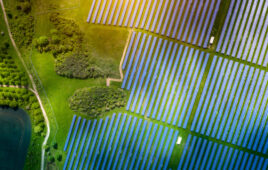
According to the latest monthly analysis of clean energy projects tracked by E2 and the Clean Economy Tracker, as the US Senate prepares to vote on a bill to increase taxes on the clean energy industry, some clean energy companies cancelled $1.4 billion worth of new factories and clean energy projects in May. The latest cancelled projects include manufacturing plant projects in West Virginia, New York, Alabama, Arizona, and Washington, which means $15.5 billion worth of new plants and power projects have been cancelled since January 1st. These cancelled projects were originally expected to create nearly 12000 new job opportunities. According to E2's analysis, the Republican congressional district suffered the most severe losses. As of now, over $9 billion in investments in Republican districts have been cancelled, postponed, or closed in 2025, resulting in nearly 10000 job cuts. The $1.4 billion project cancelled in May is expected to create at least 1000 new job opportunities. The five closed projects announced last month resulted in the layoff of 600 workers. The projects cancelled in May also included General Motors' decision to convert an electric car factory located in Tonawanda, New York to produce eight cylinder gasoline cars. The ongoing policy uncertainty and the consequences of expected tax increases for clean energy companies are becoming increasingly clear, "said Michael Timberlake, communications director at E2. Enterprises are responding to the Senate proposal - just like the House proposal - which will significantly reduce tax credits that drive the prosperity of the US energy and manufacturing industries Along with numerous project cancellations, the company announced in May an investment of nearly $450 million to build new solar, electric vehicle, grid, and transmission equipment factories in five states, including $120 million from electric vehicle manufacturer Rivian to build a 1.2 million square foot supplier park in Illinois, expected to create 100 new jobs. In addition, Prolec GE Waukesh announced plans to invest $140 million to build a power transformer manufacturing plant in North Carolina, which is expected to create 330 new jobs. As of May, 62% of all announced clean energy projects, 71% of all jobs, and 82% of all investments are located in Republican congressional districts. The cancellation of these projects is just adding insult to injury, "Timberlake said. Last year, renewable energy accounted for over 90% of the new electricity supply in the United States. Cancelling these projects could mean a reduction in available energy, and both consumers and businesses would face higher electricity prices Since the federal Clean Energy Tax Credit Act was passed by Congress in August 2022, a total of 53 announced projects have been cancelled, closed, or scaled back. These abandoned projects involve over 21000 job opportunities and $18.2 billion in investments.
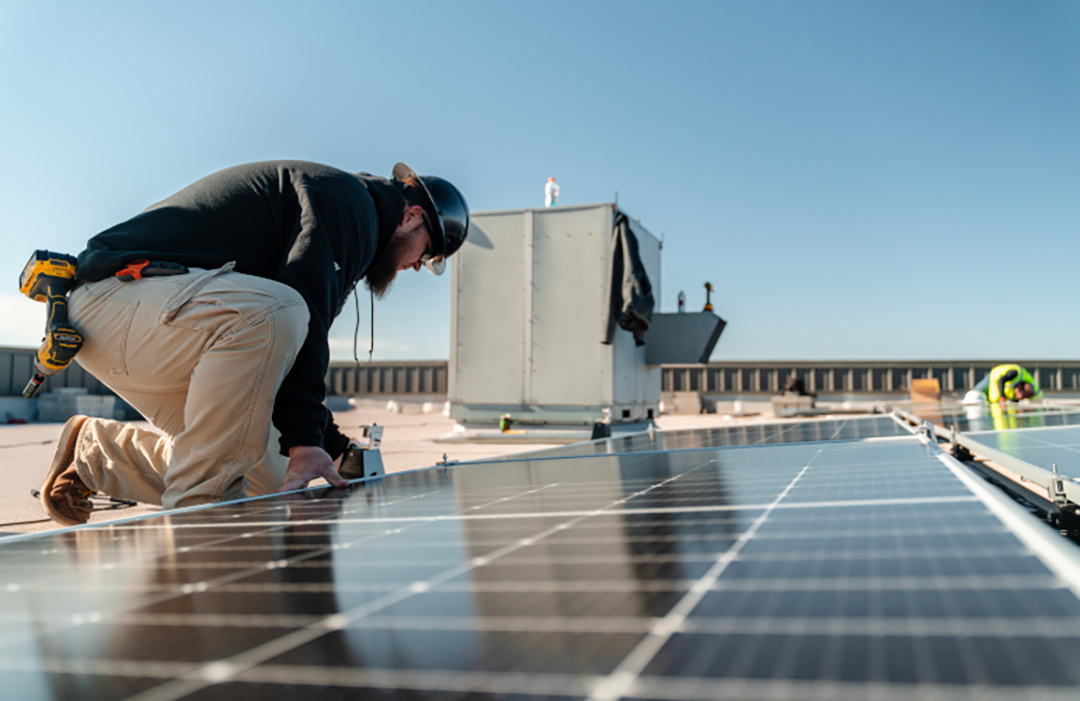
With the maturity of the solar energy industry, more and more regulations and supply chain bottlenecks have become a part of daily business. In order to maintain competitiveness and profitability, wholesale buyers must diversify their business models. One method is to implement a secondary market strategy, including collaborating with solar equipment brokers to expand the accessibility of photovoltaic hardware pricing and supply. Wide coverage is necessary to achieve stability in fluctuations. What is hindering the company from exploring and implementing secondary market solutions? Perhaps the main reason is a misunderstanding of what the secondary market is and what services brokers can provide. One misconception is that the secondary solar energy market does not exist. I think people in the solar industry underestimate the size of the secondary market, "said Christian Adams, CEO and founder of Alchemy Solar Distribution. And it's growing, especially since I founded the company three years ago Another misconception is that the secondary market only includes second-hand products. In fact, a large portion of the secondary market in the United States today consists of brand new products with warranty. I originally thought that by 2016, the excess supply of modules would dry up, "said Yousri Abdou, founder of Aten Solar. But that's not the case. There are always people who want to sell those unnecessary, brand new original components EnergyBin is a consortium of photovoltaic professionals dedicated to promoting the resale and recycling of solar equipment, of which Aten Solar and Alchemy Solar Distribution are members. According to the alliance, 1.7 million components have been listed for resale on its exchange since 2020. By 2024, 95% of components will be new, with over 90% achieving an efficiency of 19.0% or higher. The secondary market provides a distribution channel for components and other photovoltaic equipment that were previously sold but are now being resold due to project surplus, cancellation, or liquidation. The purpose is to re market and deploy these products to projects that currently require equipment, rather than storing them in warehouses and depreciating over time. Solar equipment brokers (also known as resellers) are committed to matching products with buyers' needs. Brokers have a vast network of relationships and are able to find products that are usually priced lower than what buyers purchase on their own. In turbulent markets, prices and supply conditions are influenced by supply chain issues, geopolitical factors (including tariffs, net measurement changes, and gradual elimination of incentives), and technological advancements. Smart wholesale buyers may benefit greatly from partnering with brokers who can expand the range of products purchased by buyers. In addition, brokers can also help negotiate purchase terms, which is very helpful for developers, EPCs, and contractors who need complex projects spanning months or years....
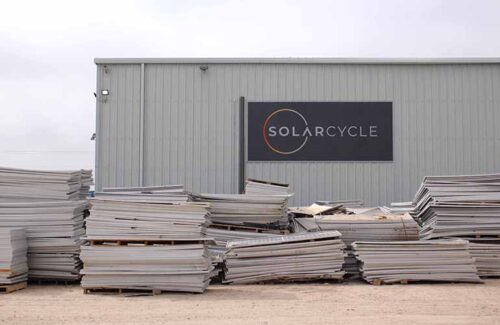
ENGIE North America (ENGIE) announced that as part of its ongoing efforts to improve its recycling capabilities, the company will pilot a new pre recycling clause in four projects, incorporating the recycling of solar panels and project components into the preliminary agreement. This innovative solution was developed in collaboration between ENGIE and SOLARCYCLE. The pre recycling clause incorporates recycling into the power purchase agreement and helps developers include scrap material recycling at the beginning of the project lifecycle. This is particularly important for energy buyers who prioritize project circularity and sustainability goals. These agreements ensure that approximately one million solar panels in the 375 MW project in the Midwest region of the United States are recycled after their useful life, thereby supporting the comprehensive recycling of the project. SOLARCYCLE estimates that through this move, the company will reduce 48 million pounds of material landfilling and avoid approximately 33000 tons of carbon emissions. In addition, all construction waste and system components will be maximally recycled and reused. Caroline Mead, Senior Vice President of North American Power Marketing at ENGIE, said, "We are delighted to put this innovative approach into practice. Our collaboration with SOLARCYCLE reflects our shared commitment to the long-term sustainability of the industry. ” With the increasing demand for electricity in the United States, domestic clean energy is crucial for meeting energy capacity needs. The collaboration between ENGIE and SOLARCYCLE means that the solar panels and system components in these projects will have full traceability to ensure the achievement of recycling goals and ultimately return to the domestic supply chain, supporting the research and development of the next generation of clean energy materials. This commitment is thanks to SOLARCYCLE's advanced tracking technology, which ensures that every solar panel in the project is recycled and the recycled materials are returned to the supply chain. Jesse Simons, co-founder and Chief Business Officer of SOLARCYCLE, said: "ENGIE's pre recycling clause sets a new precedent for the utility scale solar industry, proving that circular economy principles can be achieved without complex regulatory interventions or upfront fees. We are delighted to collaborate creatively with leading companies like ENGIE, supporting their commitment to circular economy, household energy, and sustainable development
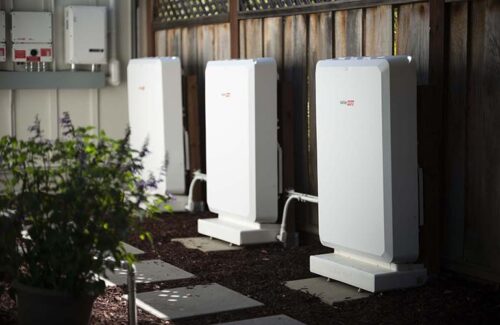
SolarEdge Technologies announced that it has become a qualified battery manufacturer for Pacific Power's Wattsmart battery program. The plan aims to incentivize residents and commercial building owners in Washington and Oregon to install solar cells. Participants can now receive economic rewards by allowing utility companies to use stored battery energy to maintain grid stability and reduce peak energy demand. According to the terms of the plan, homeowners who install SolarEdge DC coupled batteries can earn $600 per kilowatt, with a maximum of $3000 per battery, which greatly offsets the prepaid costs at registration. Non residential users can earn up to $600 per kilowatt, up to a maximum of 30 kilowatts. The Pacific Power Wattsmart battery program builds on the success of similar programs in Utah, Idaho, and Wyoming, where thousands of SolarEdge batteries participate in Pacific Power's local programs, helping to support broader clean energy recovery capabilities in the United States This plan has four main advantages: real-time frequency regulation to balance the power grid, peak load management to alleviate pressure during high demand periods, and alleviating circuit congestion through aggregated battery support. At the same time, the battery itself can provide backup power to maintain home operation during power outages. Marty Rogers, General Manager of SolarEdge North America, stated that the Wattsmart battery plan is a win-win situation for both homeowners and the power grid. Participants can earn up to $3000 per battery, while also utilizing our DC coupling architecture to avoid three energy conversions, providing higher efficiency and more available solar energy. This is a smarter, cleaner, and more cost-effective way to maximize backup power and save costs
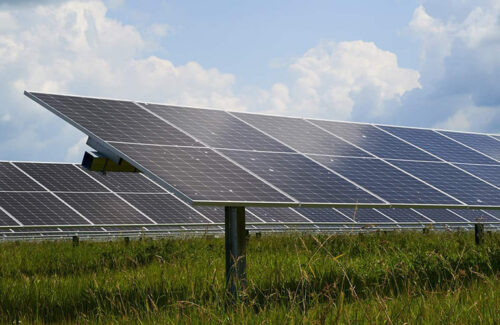
EDP Renewables North America (EDPR NA) announced that the 999 kW distributed generation project Bar Harbor Solar has entered commercial operation. Bar Harbor Solar is located in Hancock County and is the second solar project operated by EDPR NA in Maine. Bar Harbor Solar will provide affordable, clean, and reliable electricity to the Bangor School District, Epstein Properties, and more local businesses and institutions, enhancing the state's resilience and energy independence. David Kane, Director of Distributed Generation Development at EDP R NA, said, "Maine needs reliable energy to power its communities and economy. We are honored to meet this demand through innovative, affordable power solutions that support employment, investment, and sustained growth. Bar Harbor Solar demonstrates our commitment to the future development of Maine's energy, and we look forward to providing more cost saving, tax generating power infrastructure to serve the state's residents, communities, and businesses.
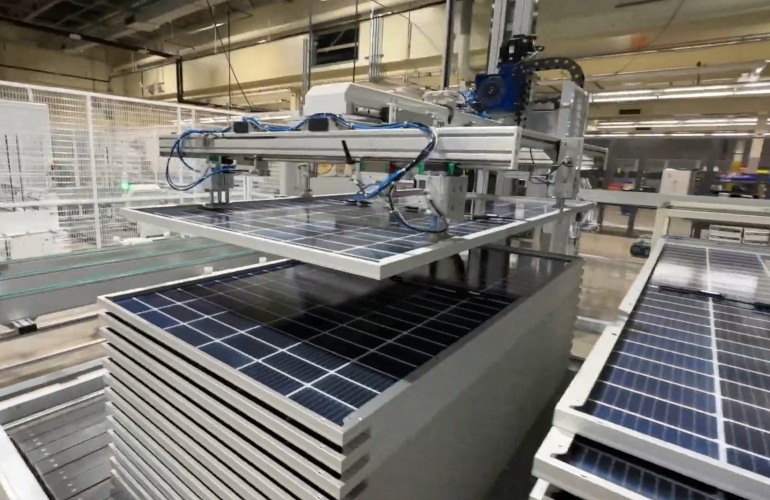
Bira Solar announced that the company has started producing a new series of silicon solar panels at its Indianapolis factory. Mick McDaniel, Vice President and General Manager of Bila Solar, said, "This is not only crucial for Bila Solar, but also for the entire clean energy industry in the United States. Our factory in Indianapolis proves the power of wise and forward-looking policies that bring manufacturing back to the United States. We are proud to contribute to strengthening the domestic supply chain in the United States, creating high paying job opportunities, and advancing American energy independence. ” Bila initially only intended to produce frameless and frameless silicon solar panels, but now in its 157000 square foot factory (which was converted from the original Eli Lilly building), it also produces framed designs and more commonly double glazed double-sided solar panels. The newly launched 550 watt double glass solar panel uses American batteries produced by ES Foundry and meets the conditions for domestic component incentives according to current ITC rules. The factory is expected to create over 75 advanced manufacturing jobs this year. The factory started production last week, and Bila Solar's goal is to achieve an annual production capacity of 300 megawatts in the first phase, which will be expanded to 1 gigawatt after full completion.
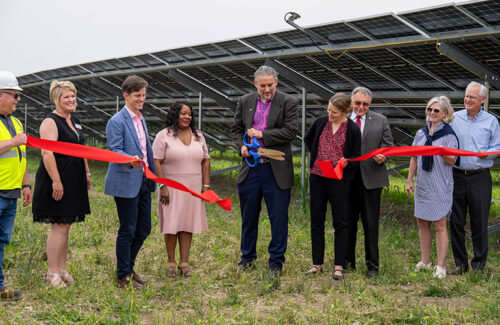
This week, Nexamp and Trajectory Energy Partners celebrated the opening of Blue Grama Solar together. This is a 4.7 megawatt community solar farm, marking an important step in Illinois' transition to clean energy. As the first community driven community solar (CDCS) project under the Illinois Sparkle Program, Blue Gamma Solar located in Gelsburg, Illinois prioritizes community participation and local interests, setting a new benchmark for renewable energy development. The Blue Grama solar project has over 8000 solar panels, generating enough electricity to meet the annual electricity needs of over 700 households in Illinois. The CDCS project aims to bring tangible benefits to the local community, including job creation, increased regional investment, and sustained participation in the clean energy economy, all thanks to long-term partnerships with leaders in the Gelsburg and Knox County regions. This project demonstrates how solar energy can benefit everyone, "said Jessica Collingsworth, Central Policy Director at Nexamp. Blue Gamma Solar places community needs at the core of the development process, bringing not only clean energy but also ownership, opportunity, and pride. We are honored to work together with partners like Trajectory to lead Illinois towards a stronger and more adaptable energy future. ” Blue Gamma Solar supports the goals set forth in Illinois' landmark Climate and Fair Employment Act (CEJA), which commits the state to achieving 100% clean energy by 2050. This type of project fully considers community leadership and interests during construction, which is key to achieving these ambitious goals. The establishment of Blue Gamma Solar is another move after Nexamp announced last year the establishment of a second headquarters in Chicago, further consolidating the company's commitment to Chicago.
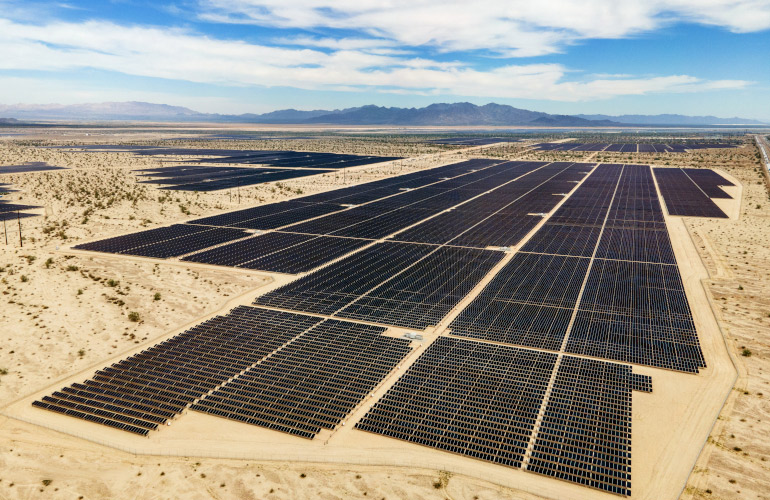
The California Energy Commission (CEC) has approved the implementation of a 1.1 gigawatt solar and 4.6 gigawatt hour energy storage project in Fresno County, making it the first approved project under the state's certification program. According to the authorization of Congressional Act 205, choosing to join the certification program provides a merged state licensing option for eligible clean energy projects, supporting California to achieve 100% zero carbon retail electricity sales by 2045 as required by Senate Bill 100. According to regulations, the environmental review of a project must be completed within 270 days from the date the project application is deemed completed, unless there are significant project changes that require more time for review. California Governor Gavin Newsom said, "California is building the clean energy we need at an unprecedented pace - currently the world's largest solar and battery project has been built. Last year, the new installed capacity of clean energy reached a historic high, and we are creating job opportunities, supporting local communities, and building a cleaner and more reliable power grid The Darden Clean Energy Project (DCEP) will be built on a 9500 acre piece of land in western Fresno County, which is no longer suitable for agricultural production. The project includes a 1150 MW solar power plant equipped with approximately 3.1 million solar panels and a battery energy storage system of up to 1150 MW (4600 megawatt hours), enough to power 850000 households for four hours. The project owner is IP Darden I LLC, a subsidiary of Intersect Power. Projects seeking approval through the "opt in certification" program must provide community and economic benefits. DCEP includes: Over the next decade, we will invest $2 million in the community, with the first batch donating $320000 to Centro La Familia Advocacy Services, a non-profit organization that supports crime victims, family health, and citizen engagement in rural communities. During the entire construction period (which will last from 18 months to 3 years), more than 2000 construction jobs calculated at current wages will be provided to support the local workforce. The project is expected to operate for 35 years and bring approximately $169 million in economic benefits to the local area. Today's clean energy projects should not only provide megawatts of electricity, but also create value for the communities in which they operate, "said Noem í Gallardo, a member of the California Energy Commission. This project embodies a community centered philosophy that not only advances California's energy goals, but also creates welfare for local workers and residents
Categories
New Products
Tin Roof Rapid Solar Mounting System with Hanger Bolt Read More
Residential Small Solar Easy Bracket Kit for Home Balcony Read More
Automatic Single Pile Solar Tracker with 10 PV Panels Read More
Angle Adjustable Aluminum Easy Solar Panel Bracket for Garden Read More
Intelligent Single Post Dual Row Solar Tracking System Read More
5000ES Solar Off-Grid Energy Storage Inverter Supplier Read More
Multi Drive Double-Sided Single Axis Tracker System Read More
© Copyright: 2025 Xiamen Wintop New Energy Tech Co., Ltd.. All Rights Reserved.

IPv6 network supported
Friendly Links:
Integrated Solar System